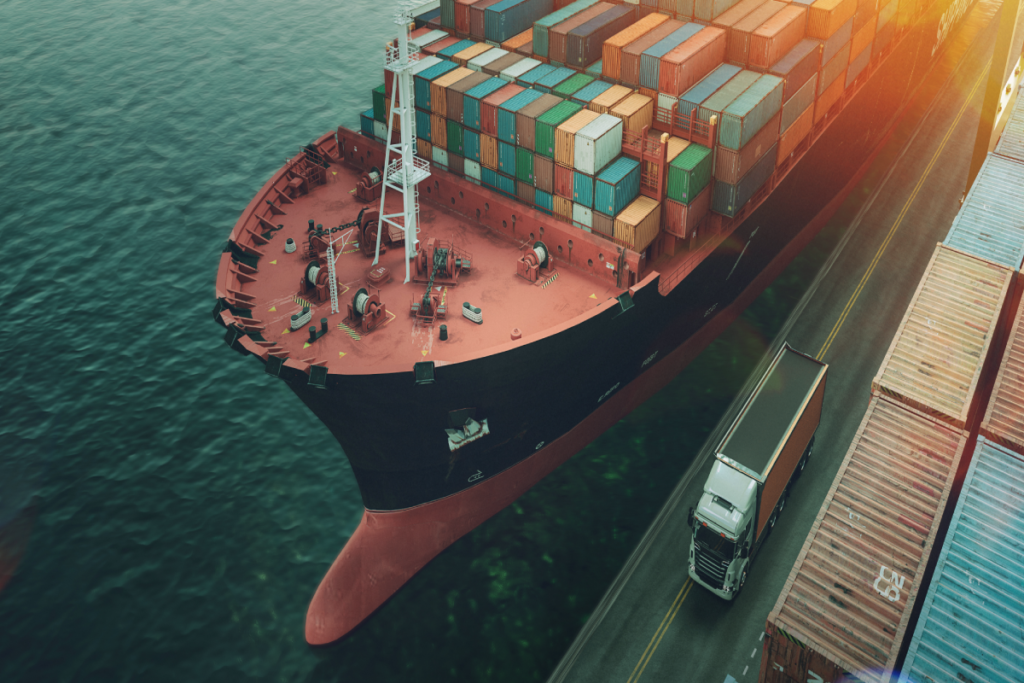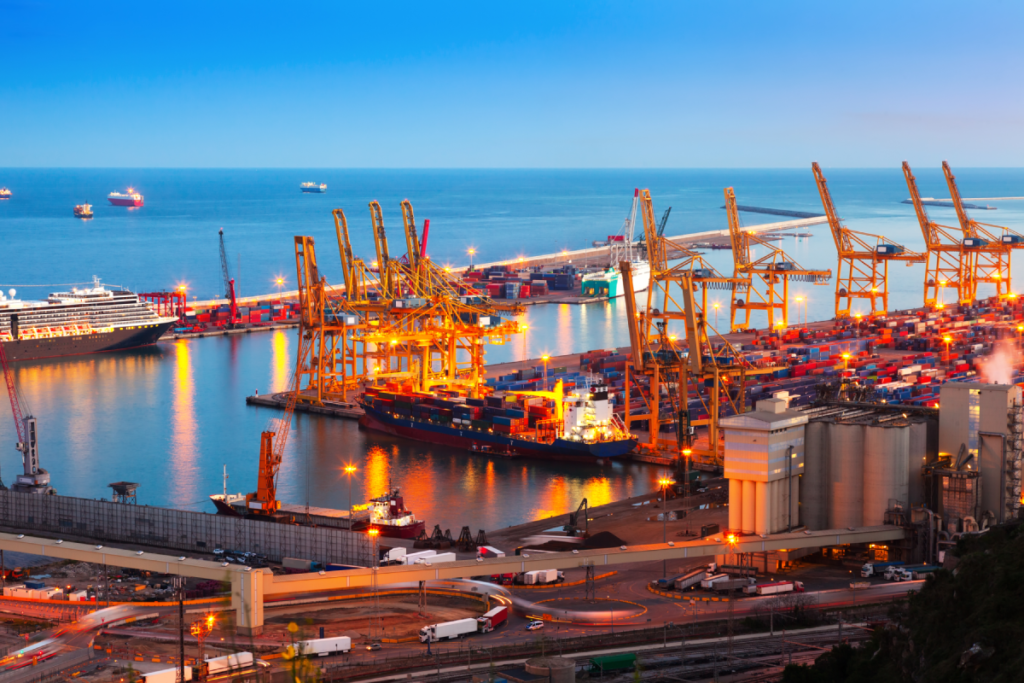You may have received imported goods at some point in your life and have wondered how these items ended up on your doorstep. The container shipping industry has been in operation for the past 50 years, and they are considered a thriving industry to this day.
If you wonder how exactly they operate to help you receive your items, this article will help you out. We will give you an understanding as to what shipping containers are, the different types, and more.
What is a shipping container?

A shipping container is a strong container that can endure transit, storage, and handling. Moreover, ships use them to transport a wide variety of materials and goods.
That said, let’s investigate how all of these goods can remain in good condition and withstand the elements while floating for months at a time. Below are a few of the most frequently used shipping containers and their intended uses.
1. Dry Storage – These are the standard and most commonly used for dry materials. They come in 10ft, 20 ft 0r 140 ft in length.
2. Flat Rack – These have collapsible side containers widely used for heavy loads, like equipment and boats.
3. Refrigerated – These are other temperature regulated shipping containers that allow a carefully low controlled temperature. Moreover, refrigerated shipping containers are best for frozen goods, fruits and vegetables.
4. Open Side – They have sides open to make bigger items easier to load.
5. Open Top – The top part is a convertible that can be opened entirely, allowing goods such as logs to be loaded more conveniently.
6. Half Height – The size is half the usual container and is best for coal and stones, which are considered low volume cargo.
7. Tunnel – Both ends of the container is open to allow quick loading and unloading of commodities.
Two types of container packing
To better understand the process, you should be familiar with the different types of container packing. Here, we can select which of the two you will want to use.
Full Container Load (FCL)
This enables the full occupancy and payment of a single container. Moreover, it is more expediently delivered with minimal inconvenience. This is in connection with customs and inspections procedure since the container belongs to a sole manufacturer.
Less-than-container Load (LCL)
You can use LCL if your cargo does not fill the entire container. This may be less expensive because you will be charged per unit (cubic meters or metric tons) rather than per container. Other manufacturers share the space with you.
There will always be advantages and disadvantages to the two you choose. Before you make a decision, you should always consider the cost, the timeliness of delivery, and the security of your goods, among other factors.
The leading players in the container shipping industry
With that, let us now investigate the modern marvel of container shipping. Specifically, let’s try to answer what roles do key players in this complex industry play.
The manufacturer or the Exporter
Manufacturers are essentially the exporters in the case of shipping containers. To complete the sale, the importer sends the goods to the buyer, distributor or the importer.
If the goods are large enough, they can use FCL containers, and if not, they can use LCL containers. They can store goods like garments and footwear in a dry storage container. The container type will depend on the product being shipped. It is to be noted that precautions are taken when transporting hazardous materials like gas, explosives, and toxic chemicals.
Furthermore, the exporter will find a shipping company. Either the exporter or the shipping company will look for a freight forwarder to load the commodities until it reaches the port. After the container is sealed, a freight forwarder prepares a tracking document for the exporter.
Customs related documents, port documents, and the Bill of Lading are the responsibility of the exporter’s shipping representative. A bill of lading is a cargo carrier’s receipt acknowledging receipt of your goods. Prior to shipping, shipping representatives or freight forwarders are responsible for billing and arranging warehouse space.
After completing all requirements and paperwork, the chamber of commerce can issue the certificate of origin. The exporter needs this as an import country requirement.
The Shipping Company
The sailing begins when the cargo is cleared and onboard. The shipmaster takes over here, ensuring the containers’ safety. They then become informed of the cargo plane, including the cargo operations sequencing, terminal requirements, and local port restrictions.
After which, the containers are loaded onto the ship according to the cargo loading plan. The first to be unloaded should be placed on deck. Delays occur when the loading plan is ignored. Placing the container on the bottom instead of the deck can take days to unload. The deck crew is responsible for securing the lashing bars to prevent container damage. All ship officers work hard to ensure the ship’s cargo is safe and secure.
The shipmaster then prepares paperwork before unloading to the final destination port. After customs has approved all documents, the containers can be unloaded to the container terminal.

The Distributor or the Importer
A representative of the importer will present the documents to the port, shipping line, and customs officials. These are the same documents from the exporter that were sent via courier.
After customs clearance, the containers can be loaded onto a truck trailer by a freight forwarder. These containers then go to import distributors. After unloading the goods, the containers are returned to the shipping company’s container yard, where the cycle begins again.
Get in touch with Reef Group
Reef Group are Bunbury’s maritime container shipping experts. With a fleet of sea container transport vehicles capable of handling a wide range of container sizes and weights, we are the partner you can rely on for safe and on-time container delivery.
